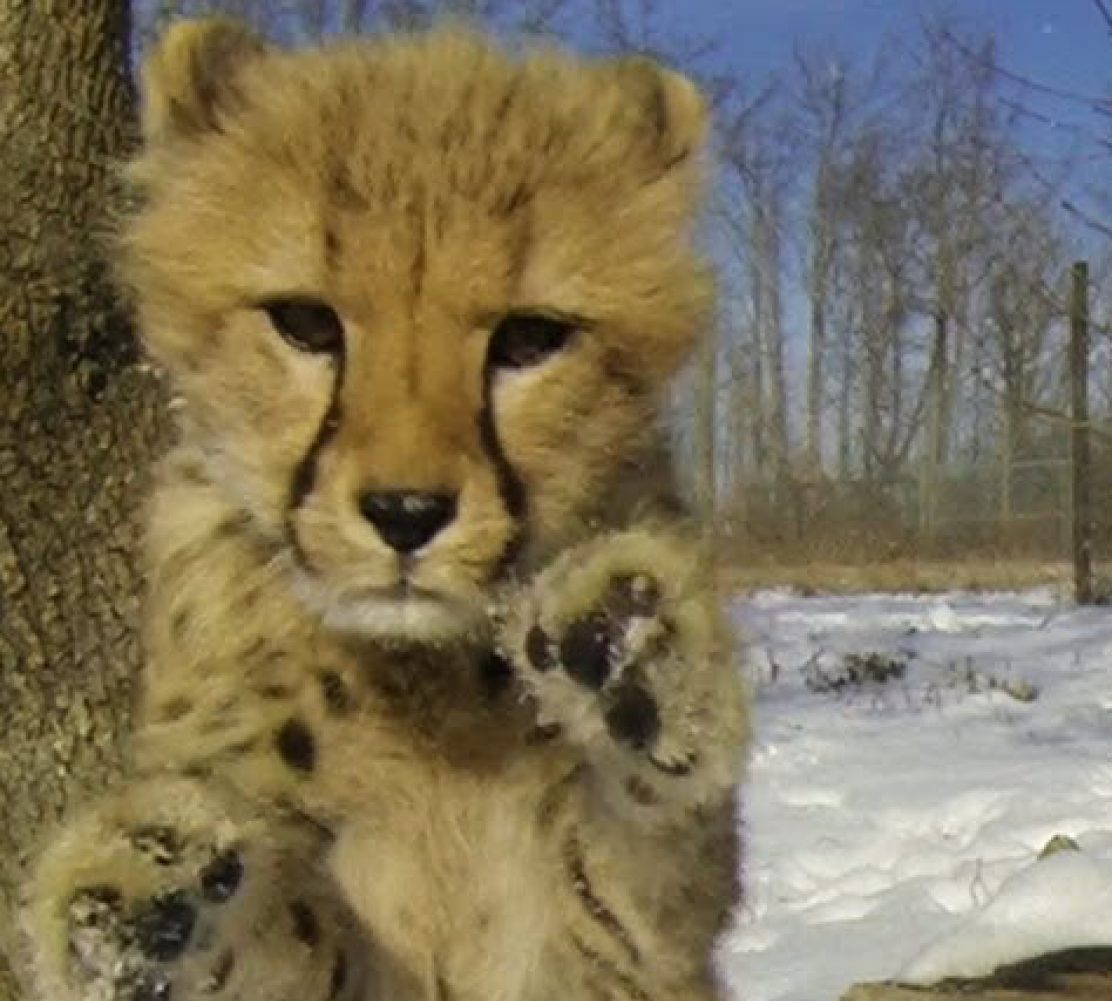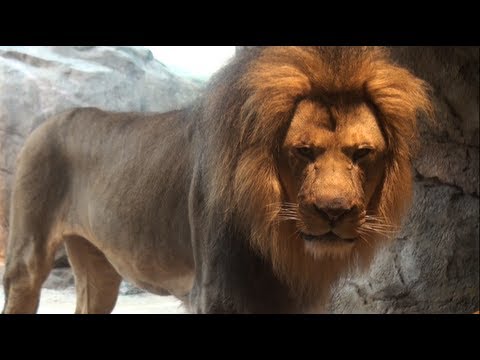Milwaukee County Zoo Webcam
Located in Milwaukee,Wisconsin and covering an area of 81 ha, the Milwaukee County Zoo managed by the Milwaukee County Parks Commission houses more than 2000 animals representing 300 species.
Home to one of the largest collection of bonobos outside the Congo region, zoo which is famous for the second birth of polar bears and siamangs in captivity is also renown for their gorilla named Samson whose bones can be viewed on display at the Milwaukee Public Museum.
Based on the 2012 novel by James Patterson and Michael Ledwidge, ZooView.TV is an American drama television series which first premiered in June 2015 on the CBS channel and concluded in September 2015. The series was renewed for a second season in October 21015.
Interesting Facts About Milwaukee County Zoo
• The zoo first opened in 1982 as the West Park Zoo displaying small mammals and birds.
• In 1983 the zoo added two cinnamon bears and built an iron bear den.
• In 1899, the zoo constructed a herbivore building which was used to house a variety of animals.
• In 1900, West Park Zoo changed its name to the Washington Park Zoo
• In 1902 the zoo was expanded to 9.3 ha.
• In spite of the 1930s Great Depression the Washington Park Zoo continued to thrive, building a bear den closely resembling the animals natural habitat.
• In 1942 the zoo opened its reptile exhibit housed in the zoo’s main building.
• In 1953 the zoo changed its name to the Milwaukee County Zoological Gardens.
• In 1956 the zoo began fundraising to offset the costs of building a new zoo.
• In 1958 the Milwaukee County Zoo opened with several exhibits which included a primate house, monkey island, grizzly bear den, pachyderm mall, feline house as well as a 381 mm railway today known as the Safari Train which was used for transporting visitors around the zoo.
• In 1959 the zoo began construction on its Alaskan bear exhibit and dall sheep mountain.
• In 1961 the Milwaukee County Zoo officially opened to the public.
• In 1962 the zoo underwent further development which included the construction of its aviary. Later additions included a small mammal building, the Australian building, four Zoomobile tour trains, an aquarium, the original animal hospital, and the reptile building.
• Further improvements included a children’s zoo in 1971 later renamed the Stackner Heritage Farm which now included an education center, dairy store and cow barn, as well as a polar bear underwater exhibit.
• In 1988 the zoo opened its Peek Welcome Center and the Taylor Family Humboldt penguin exhibit, followed by the renovation of the sea lion exhibit to include featuring underwater viewing.
• Recent developments at the zoo include the addition of the Sterns Family Apes of Africa exhibit and the rebuilt aquarium and reptile building now known as the Aquatic and Reptile Center in addition to a revamp of the small mammal building, and the introduction of the Wong Family Pheasantry.
• In 2002, Monkey Island was renamed Macaque Island which now included a large deck for viewing.
• Between 2003 to 2006 the zoo remodeled its animal health center, constructed a new education center; and upgraded its giraffe exhibit, feline building and Heritage Farm.
• In 2006 the zoo renovated the Giraffe House area to allow visitors access a deck and come face-to-face with their resident giraffes.
• The zoo’s most recent development include a new North American river otter exhibit, and a new West Entrance with a souvenir shop.
Milwaukee County Zoo Web Cams
Florence Mila Borchert Big Cat Country
In 2005 the Milwaukee County Zoo’s renovated its 6000 sq ft sixteen-thousand square-foot indoor Big Cat exhibit which included scaling down on many of the smaller indoor-only exhibits such as the cougar and expanding both the indoor and outdoor areas for the zoo’s primary cat exhibits such as the Amur tiger, African lion, jaguar, spotted hyena and snow leopard in addition to the construction of a new cheetah exhibit and a habitat for their red pandas.
View Milwaukee Country Zoo Big Cat Web Cam.
Africa and Asia/South America Webcams
The Africa and Asia/South America exhibits features a variety of animals native to the three continents. Much of the available space is primarily dedicated to animals native to the African savannah such as the African elephant, plains zebra, and greater kudu. Species native to the South American region include the Baird’s tapir, greater rhea and alpaca. Asian species include the Asian black bear, Bactrian camel, and the Malayan tapirs.
View Africa and Asia/South America Web Cams.
Zoo Camera Tags:
- milwaukee county zoo webcam
- milwaukee zoo cam
- jaguar zoo cam

